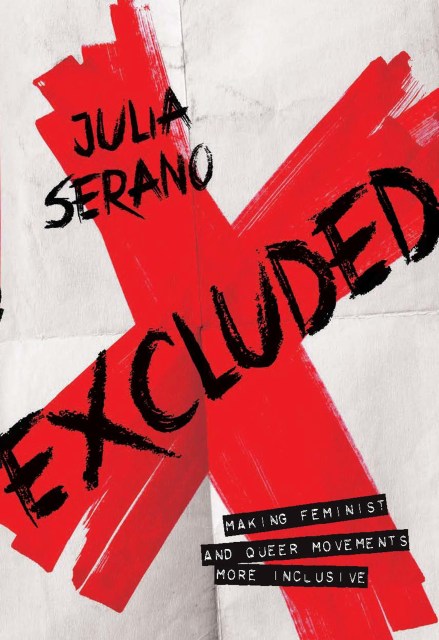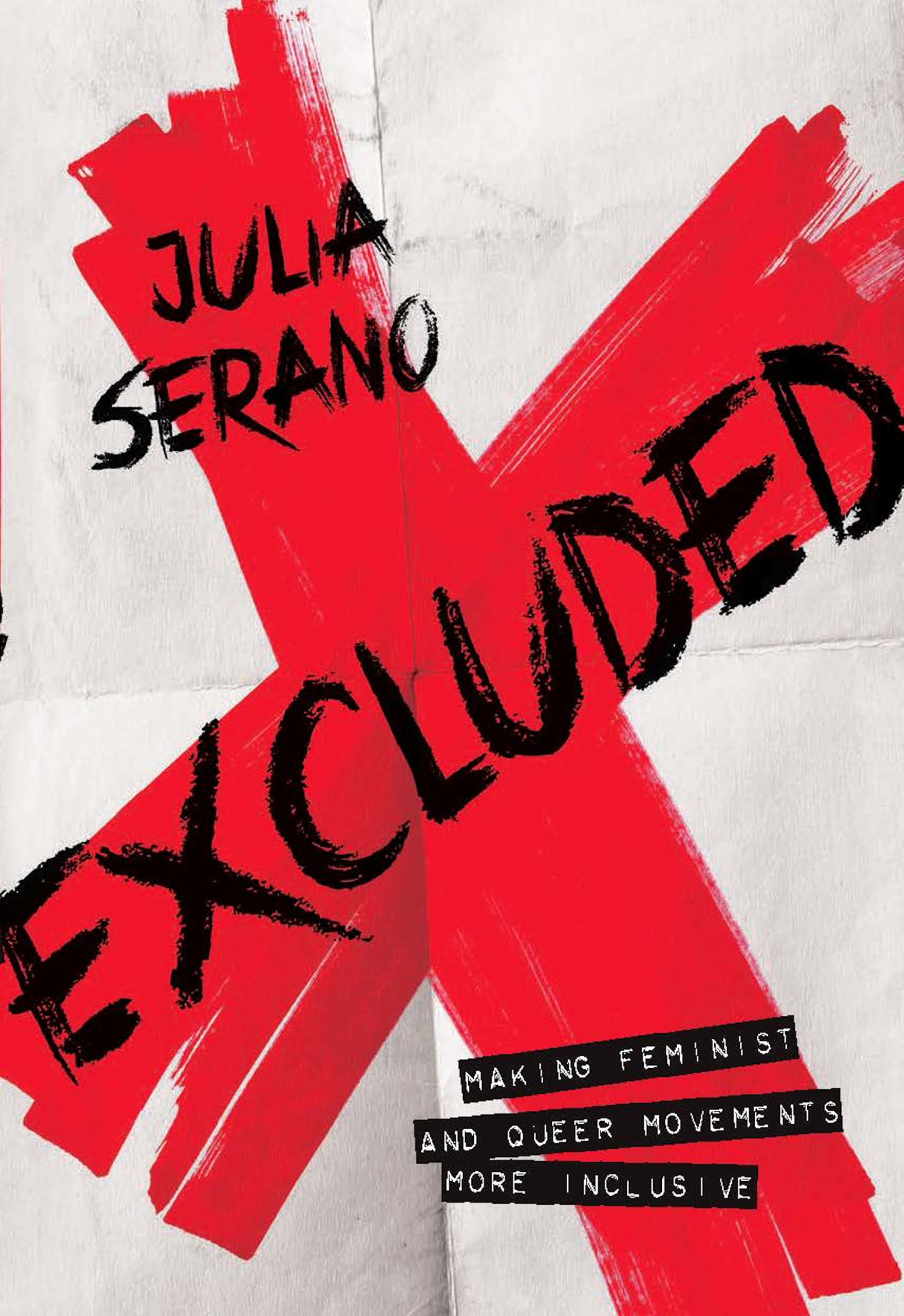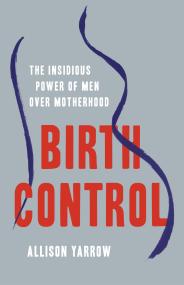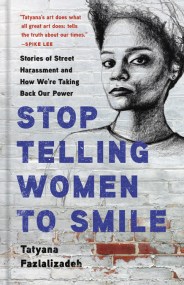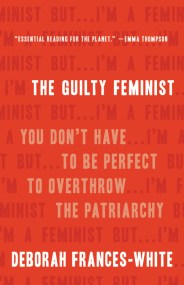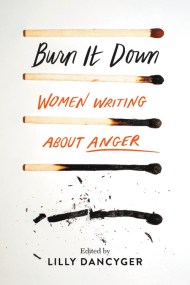Promotion
Use code MOM24 for 20% off site wide + free shipping over $45
Excluded
Making Feminist and Queer Movements More Inclusive
Contributors
By Julia Serano
Formats and Prices
Price
$11.99Price
$14.99 CADFormat
Format:
- ebook $11.99 $14.99 CAD
- Trade Paperback $17.00
This item is a preorder. Your payment method will be charged immediately, and the product is expected to ship on or around October 1, 2013. This date is subject to change due to shipping delays beyond our control.
Also available from:
While many feminist and queer movements are designed to challenge sexism, they often simultaneously police gender and sexuality — sometimes just as fiercely as the straight, male-centric mainstream does. Some feminists vocally condemn other feminists because of how they dress, for their sexual partners or practices, or because they are seen as different and therefore less valued. Among LGBTQ activists, there is a long history of lesbians and gay men dismissing bisexuals, transgender people, and other gender and sexual minorities. In each case, exclusion is based on the premise that certain ways of being gendered or sexual are more legitimate, natural, or righteous than others.
As a trans woman, bisexual, and femme activist, Julia Serano has spent much of the last ten years challenging various forms of exclusion within feminist and queer/LGBTQ movements. In Excluded, she chronicles many of these instances of exclusion and argues that marginalizing others often stems from a handful of assumptions that are routinely made about gender and sexuality. These false assumptions infect theories, activism, organizations, and communities — and worse, they enable people to vigorously protest certain forms of sexism while simultaneously ignoring and even perpetuating others.
Serano advocates for a new approach to fighting sexism that avoids these pitfalls and offers new ways of thinking about gender, sexuality, and sexism that foster inclusivity.
Genre:
- On Sale
- Oct 1, 2013
- Page Count
- 224 pages
- Publisher
- Seal Press
- ISBN-13
- 9781580055055
Newsletter Signup
By clicking ‘Sign Up,’ I acknowledge that I have read and agree to Hachette Book Group’s Privacy Policy and Terms of Use
